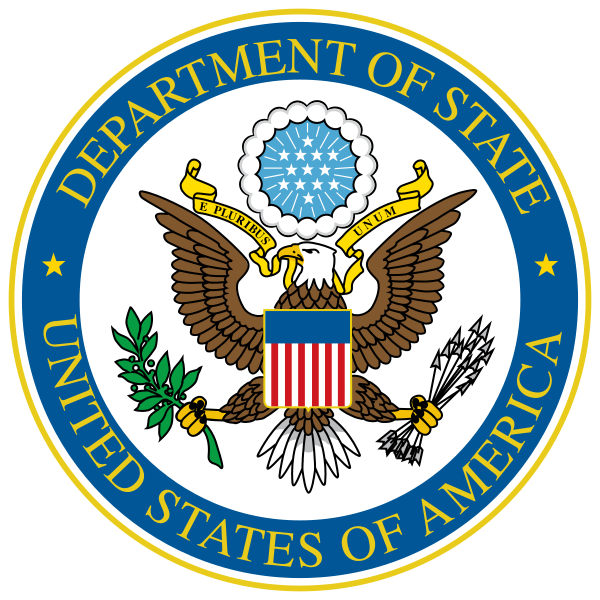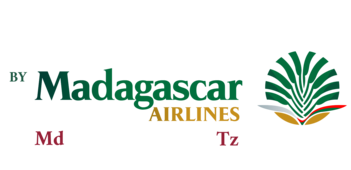Nosy Be means Big Island in Malagasy and it is a volcanic island in Madagascar, the biggest island state in all of Africa and located in the Mozambique Channel. Nosy Be is located about 7 – 8 km from the north-western coast of Madagascar and has a total of 321 km² stretching over 26 km from top to bottom and a little under 20 km from the west of the island to the east. As Nosy Be was formed by volcanoes, the landscape has many craters and crater lakes such as Lake Amparihibe (Lac Amparihibe) and Antsidihy Lake. (Lac Antsidihy).
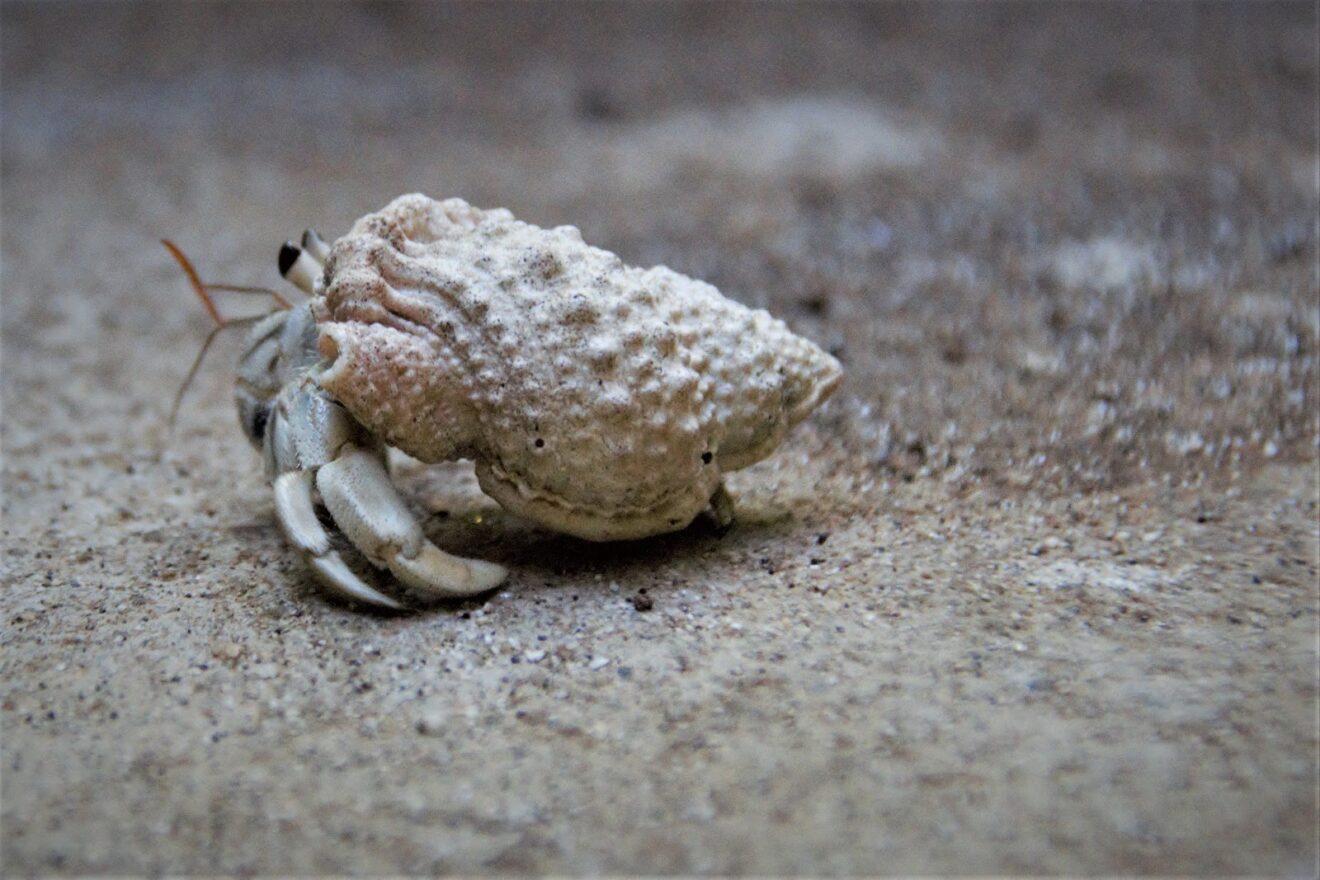
Mount Passot (Mont Passot) for example, is an extinct volcano and with its 319 m one of the highest points of Nosy Be from where you can have an astonishing view over the island, although the highest point of Nosy Be is Mont Lokobe (455 m). On the top of Mont Passot we find a restaurant and minigolf terrain with excellent views over the Mozambique Channel and the rest of the island. It’s a popular hangout for locals, domestic and international tourists and should be included on your tour when you travel to Nosy Be. The mountain was named after Captain Passot who arrived at the island in 1840 after which it was colonized by France who governed Nosy Be from Mayotte and in 1896 Nosy Be became part of Madagascar.

The capital of Nosy Be is Hell-Ville (Andoany), named after admiral de Hell (and governor of Réunion), who was on Passot’s warship the Colibri. There are close to 40.000 inhabitants in Hell-Ville, which is roughly half of Nosy Be’s population. Hell-Ville is worth a day’s visit and you can explore the town of Hell-Ville on foot or by tuk-tuk.
The most important industries on Nosy Be are tourism and agriculture. Some crops which are grown on Nosy Be include sugar cane, coffee, rice, sesame seeds, black peppers, bitter oranges, potatoes and Manioc. Ylang-ylang flowers have been brought over from the Philippines over a century ago and are an important ingredient for perfume, with Chanel being the most famous brand using the Ylang-ylang flowers. Besides oils for perfumes, rum is also produced on Nosy Be. A must try is the ‘Rhum arrangé’ which is rum infused with spices, leaves and fruits. A few popular flavors are ginger, vanilla and coffee, but also ingredients such as kolanut, khat, cinnamon and even rosewood and ylang-ylang are used! When you stay on the island you can try different kinds, everyone has his own recipe.

Nosy Be is one of the most touristic regions in Madagascar and has many hotels and resorts. There are also several cruise ships which stay one or more days at Nosy Be. Nosy Be has fantastic beaches and several gorgeous islands to explore and it is also possible to go snorkeling and diving. The most known islands around Nosy Be are Nosy Tanikely, Nosy Komba and Nosy Iranja. Other islands around Nosy Be include Nosy Sakatia, Nosy Vorona, Nosy Mitsio, Nosy Hara, Nosy Faly and Nosy Berafia. It is possible to visit these islands on a day trip for cruise ship passengers looking for shorex activities from Nosy Be.
To the east of Nosy we can find the Tsaratanana range and in the south we find the Manongarivo Massif. These mountain ranges protect the island from heavy winds leading to a nice climate in the western region with enjoyable temperatures and a nice thermal breeze. Indeed, the island of Nosy Be has a pleasant climate with an average temperature of 25°, with lows to 22°C during the winter and highs until 28°C (October to February). There is more than 3,000 hours of sunlight a year. The south of Nosy Be receives the most rain with its peak in January (up to 500 mm and more). June and July are the driest months with almost no rainfall and mostly only at night.
Transport in and to Nosy Be
There is only one asphalted road which goes around Nosy Be. The rest of the road network consists of smaller roads, some of them are simple paths and dirt tracks, while others are in better condition. If you want to explore the whole island, you can rent a car at Nosy Be, the best would be a 4×4, ideally with a driver. But if you don’t go too far, you can use taxis and tuk-tuks which are omnipresent. Renting a motorbike or a mountain bike is also a good way to travel during your holiday at Nosy Be and many locals use a bicycle or scooter to get around Nosy Be.
Nosy Be has an international airport, which is called Fascene International Airport, which is located in the east of Nosy Be. It has regular domestic flights from Antananarivo and Antsiranana with Air Madagascar. Air Austral connects Nosy Be with Saint-Denis, Réunion. There are also flights between Nosy Be and Johannesburg with Airlink and with Ethiopian Airlines there is a flight connection between Addis Ababa and Nosy Be. Ewa Air operates flights between Dzaoudzi, Mayotte and Nosy Be. There are also seasonal flights with Prague (LOT Polish Airlines) and Italy. The airports of Milan-Malpensa, Rome-Fiumicino and Verona have flights to Nosy Be with the airline Neos.
There are departures by boat from the port of Ankify to Hell-Ville and back. These boats operate until the late afternoon. There are three ports at Nosy Be. There is the port of Hell-Ville where boats from Ankify and containers arrive. There is also Marina Port, which mostly receives sailing ships and yachts from places like Réunion and Mauritius. At Ambatoloaka beach there are also boats you can take for day excursions to the other islands near Nosy Be.
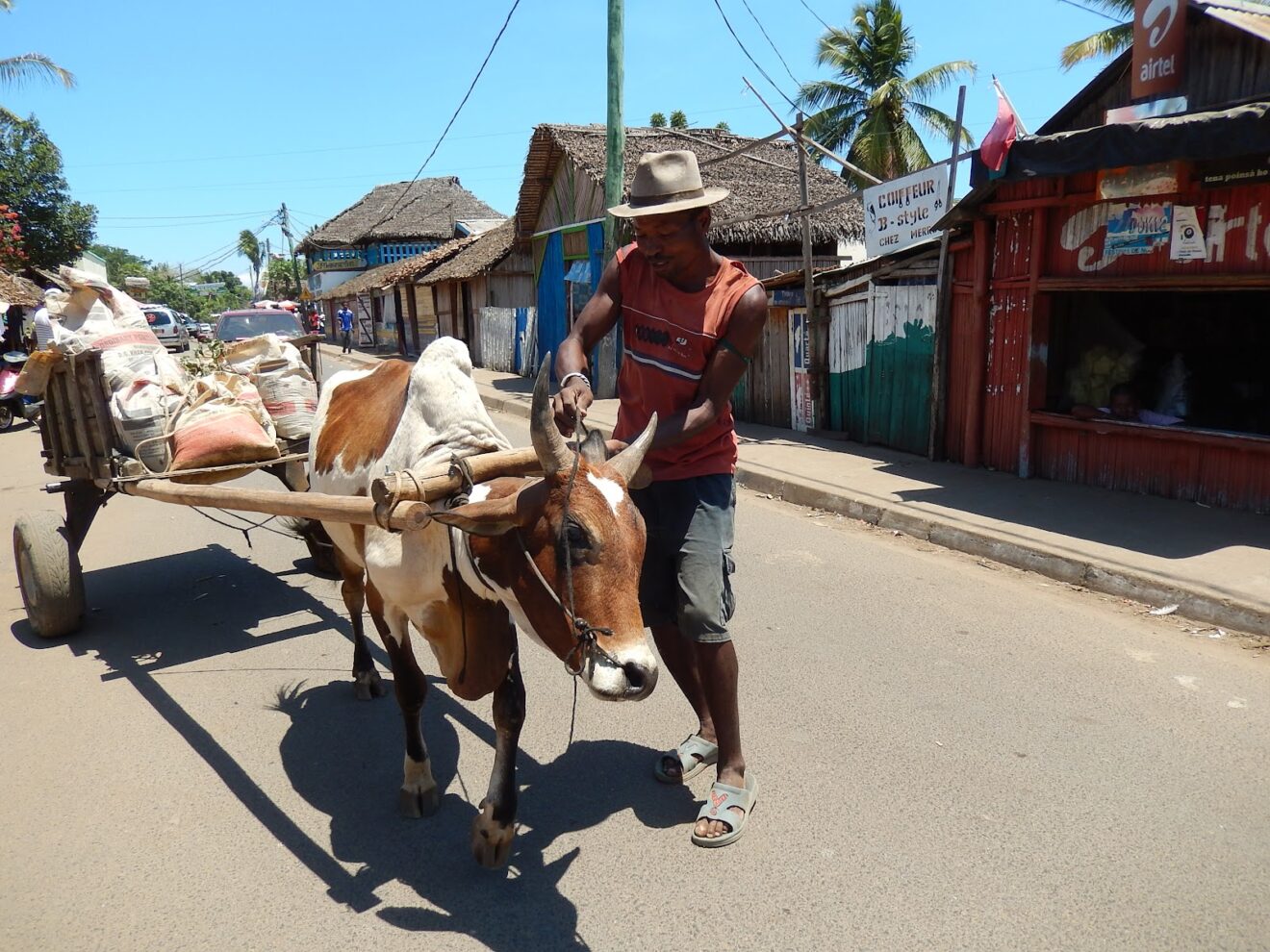
Flora of Nosy Be
On the west coast of Nosy be we find alluring primary forests of which some parts belong to nature reserves, such as the Loboke Reserve. The most common species are camphor, ylang-ylang, rosewood, kapok, tamarind, palm trees and more. During French colonialism a wide variety of spices and crops were introduced, such as sugar cane (17th century) and coffee (19th century), but also acabia, eucalyptus, cacao, raffia and acabia. We can also find other flavors such as kaffir limes, jackfruit and poc-poc.
Fauna and marine life of Nosy Be
We can find three species of lemurs at Nosy Be and Nosy Komba: the black lemurs, sportive lemurs and the mouse lemur. Hawksbill turtles and Green turtles nest on the beaches of Nosy Komba. There are many birds to be observed such as crested drongo, paradise flycatcher, Madagascar fish eagle, coucal, olive bee-eater, green pigeon, torotoroka Scops owl and Madagascar kingfisher. We can also find geckos, chameleons (the panther chameleon being the most famous), snakes such as ground boa, lizards and frogs.

Every year big groups of whale sharks come to visit the waters of Nosy be as well as migrating cetaceans like humpback whales and omura whales. Dolphins can be seen the whole year. Nosy is also a great destination for people who want to scuba dive as it has a rich marine life. As marine life is under big pressure, initiatives such as the Tanikely marine reserve have been established to protect the sea’s inhabitants, implementing sustainable fishing and protective laws. It is important to preserve the marine environment and sustain a healthy ecosystem.
The most common fish we can find at the waters of Nosy Be are reef fish such as parrot fish, swordfish, tuna, sardine, barracuda, trevally and mackerel. The majority of these fish can be seen in the protected park of Nosy Tanikely. These fish are currently threatened because of the exploitation of tantalum which creates toxic effluents.
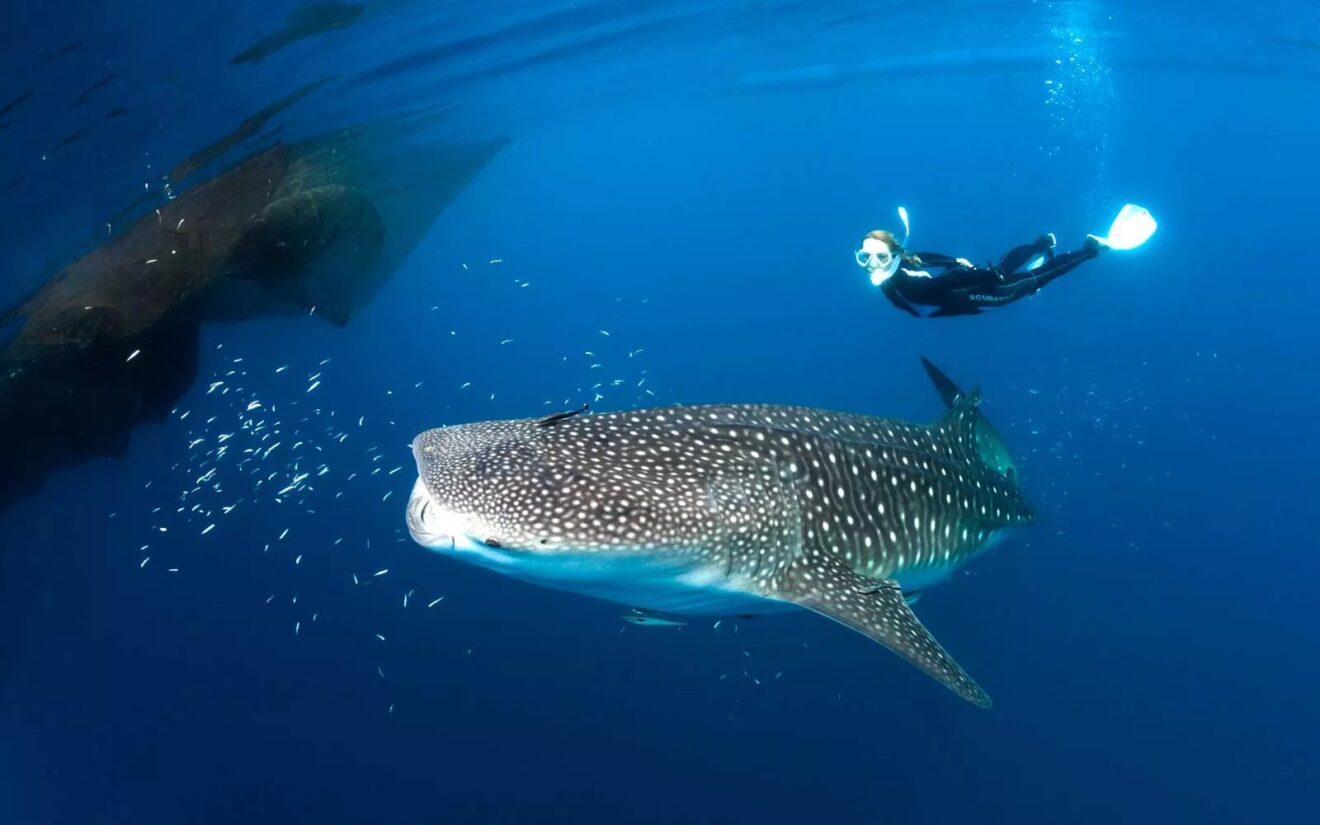
Industry and agriculture of Nosy Be
Among the main crops on Nosy Be are coffee, vanilla, pepper, ylang-ylang and sugar cane. The island experienced a “sugar fever” from 1850 to 1890 with eighteen steam mills on the island and 1,000 ha of plantations. This was followed by a crisis due to the collapse of prices and in 1923 the market was taken over by the Compagnie Agricole et Sucrière who produced 40,000 tons of cane sugar in 1932. The company progressed steadily with improvement of varieties. They started modernizing, using a small train delivering sugar cane to the factory, and using new agricultural and industrial equipment. In 1968, 140,000 tonnes of cane and17,000 tonnes of raw sugar was produced. The same company also prepared rum (3,700 hl in 1952, 8,000 hl in 1968), aged in oak casks, of which a big part was exported.
In 1968, the Sugar Cane Railway still was operational with two steam porters with a diamond chimney, using wood as fuel, and two Diesels (one of the TDE series of Gaston Moyse Locotractors and a Plymouth). The network comprised 25 km of railway and had been created in 1925 by the Compagnie Agricole et Sucrière because the planted plots were then scattered. The small train delivered cane all day long during the harvest crossing the hills neighboring the plantations of ylang-ylang and coffee.

At the beginning of the 21st century, there is not much left of the old agricultural activity of Nosy Be. SIRAMA, the National Sugar Company, has been in bankrupt since 2006 and the infrastructure has been abandoned. In December 2007, the rehabilitation of the site was announced, thanks to Chinese investors, in order to restore the historic production capacity, namely 16,000 tonnes of sugar and 11,000 hectoliters of pure alcohol per year. Three years after its implementation in 2015, a new project to resume sugar activities, as part of a public-private partnership, was suspended due to land issues]. SIRAMA’s agricultural land is now being gradually ceded, plot by plot, and transformed into hotels or homes, definitively jeopardizing the possibility of restarting the agricultural exploitation of these lands, an activity which supported more than 3,000 people on Nosy Be in the past.







